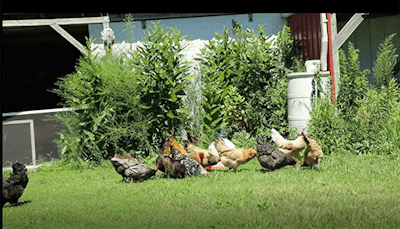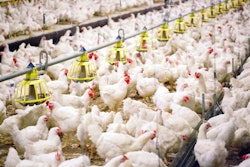
Exposure to videos simulating a free-range environment boosted layer hen health and welfare, according to a pilot study published in the peer-reviewed journal Frontiers of Science.
“This technology, developed by an interdisciplinary team with expertise in microbiology, animal behavior, neurobiology and virtual reality technology, has the potential to address issues of the modern animal industry in a new way to solve multiple issues the industry is facing, including animal welfare, infectious diseases and low productivity,” explained Melha Mellata, associate professor, Department of Food Science and Human Nutrition, Iowa State University.
In recent years, retailers and consumers have advocated for the use of free-range and pasture-raised poultry products, however current commercial practices and economics, as well as worries about predators and weather, make the transition challenging.
Reducing stress in layer hens
The researchers studied the effects of virtual reality on a group of 34 hens that were 15 weeks old. This period – when commercial layer hens are typically moved from pullet to egg-laying facilities – is considered a high-risk period of stress.
For five days, video projections played scenes from indoor facilities with access to outdoor scratch areas and unfenced prairies, as well as groups of free-range chickens performing positive behaviors like preening, perching, dust-bathing and nesting.
“Having different expertise in my team helped develop unique videos that show a free-range environment and birds with positive behavior to teach the birds in the house to behave, which will likely reduce the aggressivity, like picking that leads to injuries and then to infections,” she added.
Hens that received the treatment showed lower indicators of stress and an increased resistance to Avian Pathogenic E. coli (APEC), blood and tissue analysis revealed.
In the future, the researchers hope to continue to study the effects of virtual reality on poultry health and welfare over a longer time.
“I hope to have this technology applied to industrial poultry farms. It can fix multiple issues the industry is facing now, including improving animal welfare and health in general. The workers will also benefit from the new attracting environment and will put the U.S at the forefront of industrial innovation,” Mellata said.


















